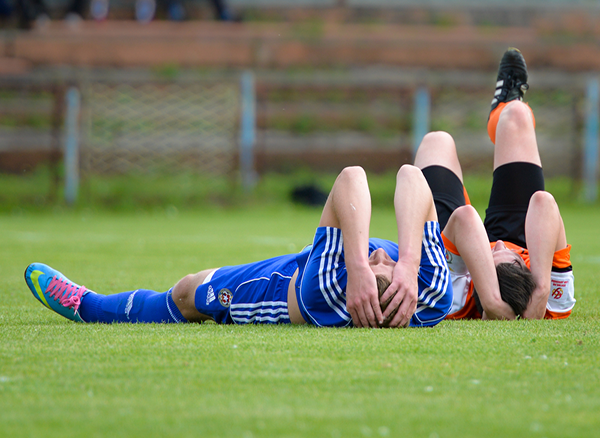Before the athlete can return to regular athletic competition, several goals must be met.
- First, the athlete must be completely free of pain and weakness and must regain full range of motion of the neck.
- Second, the diagnostic tests such as the EMG and/or MRI should not reveal any active nerve damage or severe nerve compression.
- Third, the athlete must be reconditioned for the sport especially if he has not competed for awhile.
- Fourth, improvement in the athlete’s playing technique (such as blocking and tackling) and equipment modifications should be made to protect the athlete from further injury.
In football, special pads and neck rolls can be fitted to the helmet or shoulder pads, which can help prevent re-injury. However, this type of equipment change does not replace the most important part of prevention, which is building strength and endurance of the neck and shoulder muscles. That is why athletes who have had surgery will usually take longer to return to play.
Finally, in some cases, the decision to return to play must be delayed especially if the athlete has suffered several stingers in the same season. Healing is usually slower after multiple injuries. The key concern is to avoid permanent nerve damage, which could cause problems in the young athlete’s personal as well as athletic life. Rarely does a history of multiple stingers signal the end of an athletic career. The sports medicine physician, working together with the athletic trainers, should provide counseling regarding how serious the injury is and discuss early or delayed return to play.



